A team from Tel Aviv University led by Professor Oded Rechavi in collaboration with Professor Mattias Jakobsson, from Uppsala University in Sweden, has succeeded in deciphering the ancient DNA extracted from the scrolls (made from animal skins) on which the Dead Sea Scrolls were written. By characterizing the genetic relationships between the different scroll fragments, the researchers were able to discern important historical connections.
The research, carried out over seven years, was published in the prestigious journal Cell on June 2 and sheds new light on the Dead Sea Scrolls.
There are many scroll fragments that we don't know how to connect, and connecting the wrong pieces can dramatically change the interpretation of any scroll. Assuming that the fragments that are made from the same sheep belong to the same manuscript , explains Professor Rechavi, it's like putting together the pieces of a puzzle .
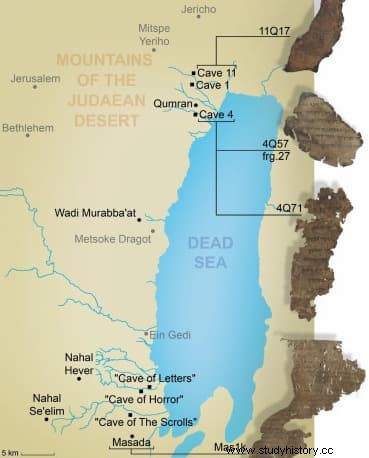
The Dead Sea Scrolls refer to some 25,000 leather and papyrus fragments discovered since 1947, mostly in the Qumran caves, but also at other sites in the Judean Desert.
Among other things, the manuscripts contain the oldest copies of biblical texts. Since its discovery, scholars have faced the daunting challenge of sorting through the fragments and gathering the remains of some 1,000 manuscripts, which were hidden in caves before the destruction of the Second Temple in AD 70.
Researchers have long wondered to what extent this collection of manuscripts, a veritable Qumran cave library, reflects the broader cultural milieu of Second Temple Judaism, or whether it should be viewed as the work of a radical sect (identified by most like the Essenes) discovered by chance.
To distinguish between manuscripts particular to this sect and others reflecting a broader distribution, we sequenced ancient DNA extracted from the animal skins on which they were inscribed. But sequencing, decoding and comparing 2,000-year-old genomes is very difficult, especially since the manuscripts are extremely fragmented and only minimal samples could be obtained. .
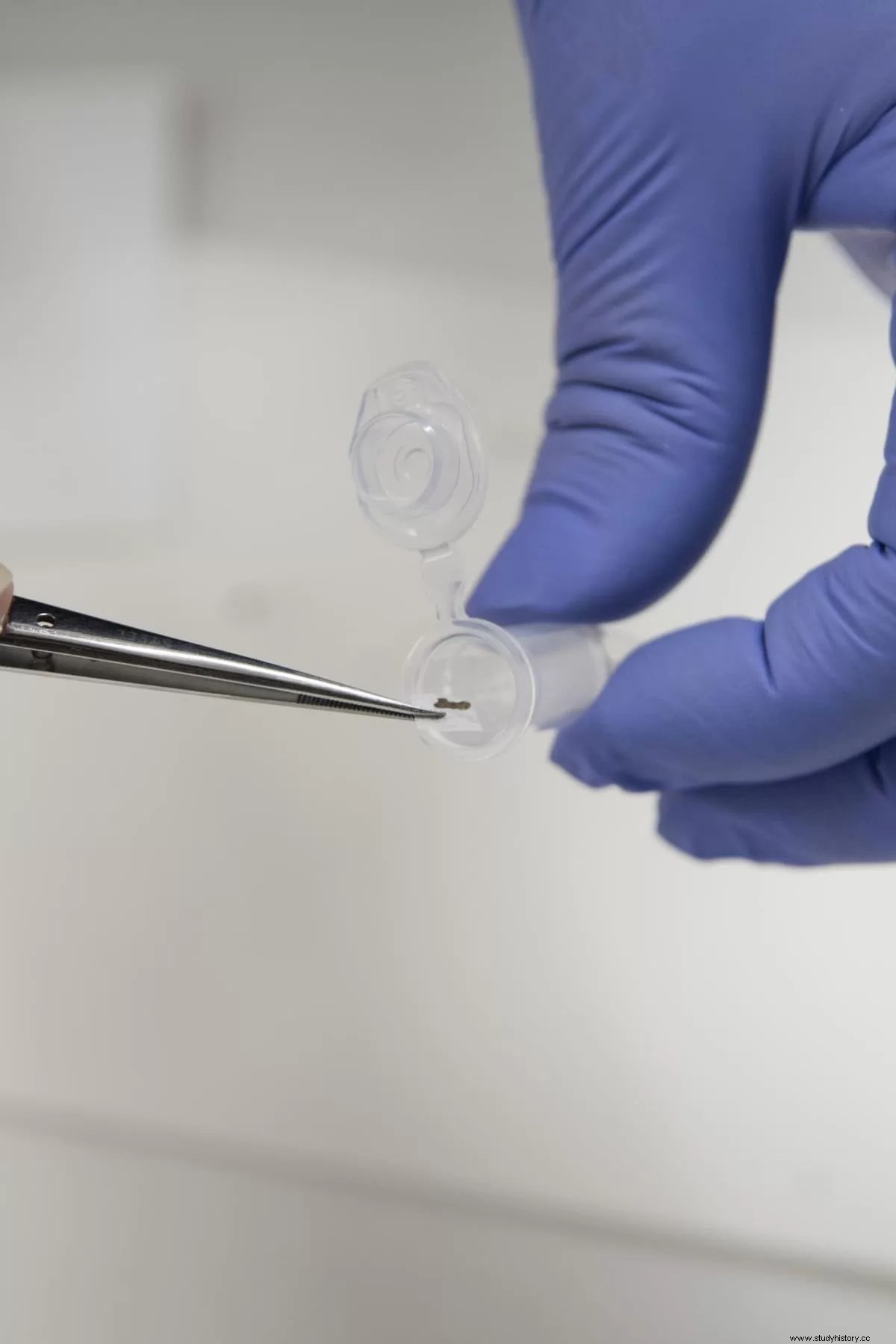
To tackle their daunting task, the researchers developed sophisticated methods to deduce information from small amounts of ancient DNA, carefully filtering out potential contaminations and statistically validating the findings. The team used these mechanisms to deal with the challenge posed by the fact that the genomes of individual animals of the same species (for example, two sheep from the same herd) are almost identical to each other, and even the genomes of different species ( like sheep and goats) are very similar.
For the purpose of the investigation, the Israel Antiquities Authority's Dead Sea Scrolls Unit provided samples - sometimes just powder of parchment carefully removed from the uninscribed backs of the fragments - and sent them for analysis by Professor Rechavi's team. To avoid contamination of the DNA, Dr. Anava traveled to Sweden to extract the DNA under the meticulous conditions required for analysis (for example, wearing special full-body suits) in Professor Jakobsson's paleogenomics laboratory in Uppsala, which is equipped with state-of-the-art equipment.
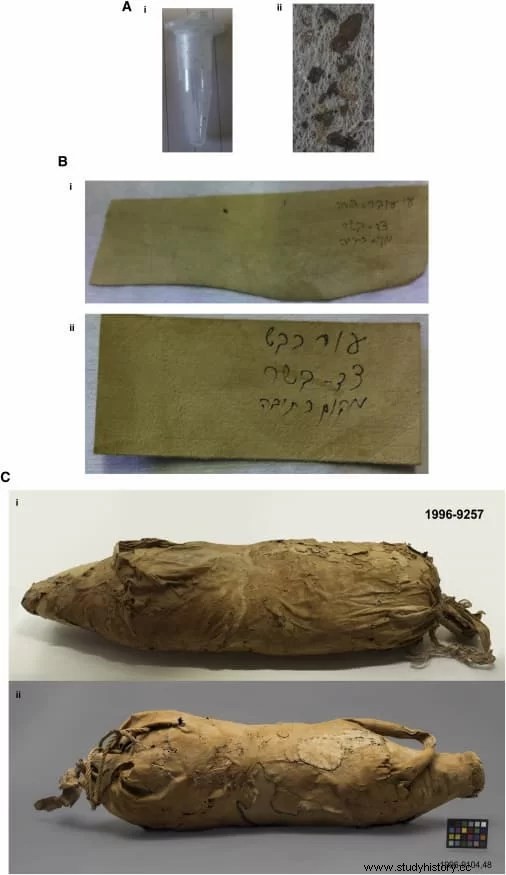
In parallel with teams studying ancient animal DNA, Professor Mason's metagenomics lab in New York studied microbial contaminants in the scrolls. According to Jakobsson it is remarkable that we have been able to recover enough authentic ancient DNA from some of these 2,000-year-old fragments, considering the harsh history of animal hides. They were processed into parchment, used in a crude environment, left for two millennia, and finally handled by humans again when they were rediscovered .
According to Rechavi, one of the most significant finds was the identification of two very different fragments of Jeremías. Almost all of the scrolls we sampled were made from sheepskin, so most of the effort went into the very difficult task of trying to piece together the fragments made from the skin of certain sheep and separate them from the written fragments in different sheep skins that also share a nearly identical genome . However, two samples were found to be made from cowhide, and it turns out that they belong to two different fragments taken from the Book of Jeremiah. In the past, one of the fragments made from cowhide was thought to belong to the same scroll as another fragment we found made from sheepskin. The mismatch now officially disproves this theory.
Furthermore, raising cows requires grass and water, so it is very likely that the cowhide did not come from the desert but was brought to the Qumran caves from somewhere else. This find is of crucial significance, because the cowhide fragments came from two different copies of the Book of Jeremiah, reflecting different versions of the book, which depart from the biblical text as we know it today.
Professor Mizrahi further explains, since late antiquity, there has been an almost complete uniformity of the biblical text. A Torah scroll in a synagogue in kyiv would be virtually identical to the one in Sydney, verbatim. On the contrary, at Qumran we find different versions of the same book in the same cave. But, in each case, one must ask:Is textual "pluriformity," as we call it, another characteristic peculiar to the sectarian group whose writings were found in the Qumran caves? Or does it reflect a broader trait, shared by the rest of Jewish society at the time? Ancient DNA proves that two copies of Jeremiah, textually different from each other, were brought from outside the Judean desert. This fact suggests that the concept of scriptural authority – stemming from the perception of biblical texts as a record of the Divine Word – was different in this period from the one that dominated after the destruction of the Second Temple. In the formative era of classical Judaism and early Christianity, the controversy between Jewish sects and movements centered on the 'correct' interpretation of the text, not on its wording or exact linguistic form .
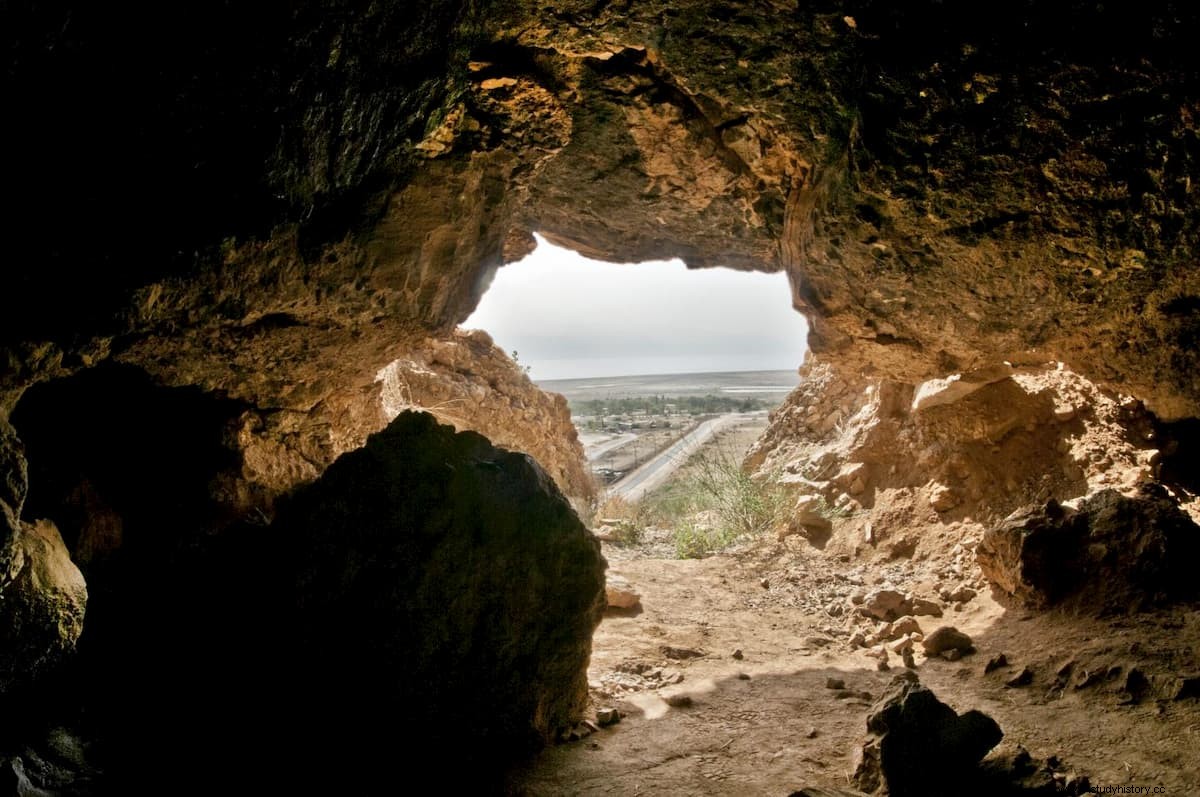
Since most of the manuscripts were found to be written on sheepskin, the team had to find a way to distinguish "in higher resolution" between the very similar genomes of different sheep.
Mitochondrial DNA can tell us if it is a sheep or a cow, but it cannot distinguish between individual sheep says Professor Rechavi. We developed new experimental and computational methods to examine preserved nuclear DNA bits, which disintegrated over two millennia in arid caves and were contaminated over the course of 2,000 years, including recently by people who handled the scrolls, often without even wearing gloves .
Using these methods, it was found that all sampled scroll fragments written using a particular scribe system characteristic of sectarian writings found in the Qumran caves (the “Qumran scribe practice”) are genetically linked and collectively differ from other fragments. of parchments that were written in different ways and discovered in the same caves. This find offers a powerful new tool for distinguishing between the sect's own scrolls and scrolls that were brought from elsewhere, potentially reflecting the broader Jewish society of the time.
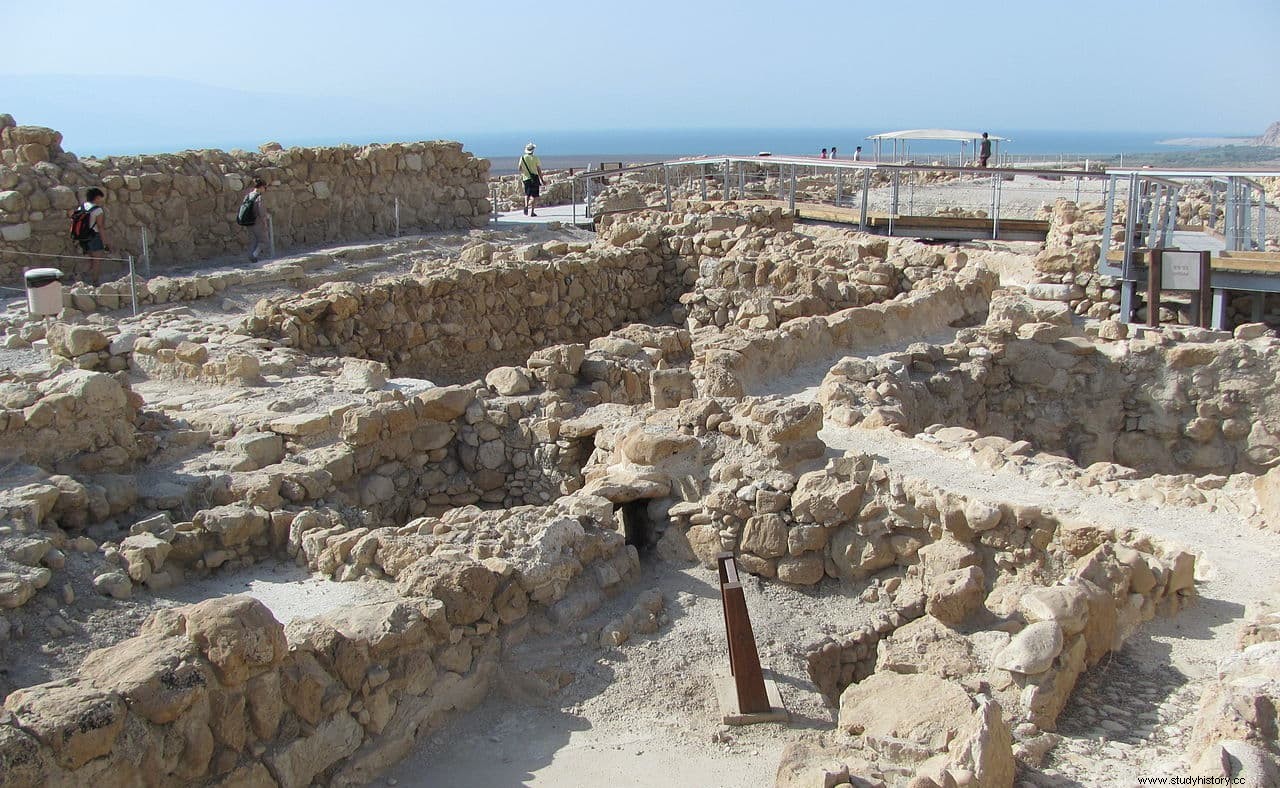
The project examines not only scroll fragments but also other leather artifacts discovered at various sites throughout the Judean Desert. The genetic differences between them have allowed researchers to discern between different groups of findings.
According to Professor Mizrahi, many scroll fragments were found not by archaeologists, but by shepherds, turned over to antiquarians, and only later turned over to scholars.
We do not always know precisely where each fragment was discovered, and misinformation has sometimes been given about it Mizrahi says. Identifying the site of the discovery is important, because it affects our understanding of the historical context of the finds. For this reason, we were excited to learn that one fragment, suspected to originate not from Qumran but from another site, did in fact have a 'genetic signature' that was different from all other scrolls found in the Qumran caves sampled for this study. research .
